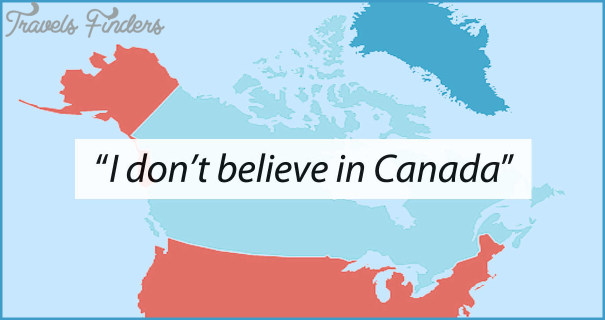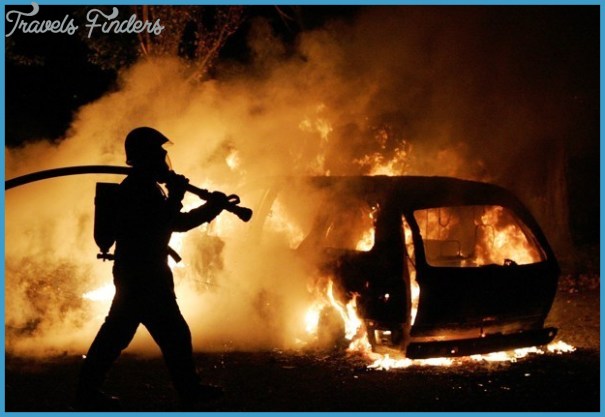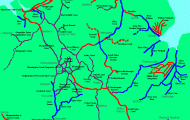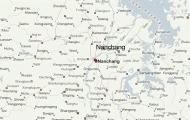The Stupid Travel Myths We Believe
When it comes to travel, there are underlying narratives that insidiously discourage us from exploring wonderful opportunities. I always get annoyed when people tell me they can’t travel because it’s unsafe. Even many of the governmental announcements we’ve seen in recent years ignore context and roll out absurd statements that do little more than invoke fear.
But, the real truth I’ve come face-to-face with over the past couple of years is that I buy into my own version of this nonsense. The part that really pisses me off about the whole thing is that it keeps me from embracing amazing experiences, makes me standoffish, much more conservative in my approach when I start, and adds bucketloads of anxiety.
One of my greatest wake-up calls came when I finally visited Asia. For more than a decade I had avoided it, down-prioritized it, and bought into a number of different narratives which discouraged me from visiting. Most of you no doubt have a region where you feel your own mixture of similar concerns. In this section, I’ll use examples tailored specifically to Southeast Asia, but I want you to ask yourself how these might apply to your own story and perspective.
The Stupid Travel Myths We Believe Photo Gallery
My Matrix of Fears
Fear
Simply put, the Asia I had built in my mind was a very alien place where getting around using English would be difficult, where everything would be deeply exotic, and where even the most basic of daily activities would be challenging. Add to that a fear that I’d encounter large amounts of human and animal suffering led to a very mixed emotional response to visiting the region.
Lack of Interest
When I was younger, I had a very strong interest in Greco-Roman and Medieval history. That naturally drew me to Europe. The areas we’re most interested in varies from person to person, but inevitably there are regions that have a stronger draw for us than others. Identifying what those are is something we rarely do overtly, but can be wonderfully illuminative in deciding where to chart our trips.
In my case, while there were elements of ancient history in other regions that sparked passing interest, none had the raw allure of Europe. In truth, I felt Asian history was somewhat uninteresting. I was not enamored from a cultural perspective and had only minimal interest in more recent cultural creations. As I’ve traveled more, learned more history, been exposed to more culture, and pivoted more to an interest in food, much of this has changed. Asia has increasingly grown in appeal. It’s cliche to reference a flower blooming, but I often feel that’s the most accurate way to imagine my interest in regions like S.E.A. and the entirety of Africa.
Cost
This is an odd one, as S.E.A. has always been extremely popular explicitly because of its relatively low-cost areas. It’s why regions such as Vietnam and Thailand are thick with travel bloggers and has been a major tourist draw for decades. But, the flights from the U.S. and Europe were usually fairly high which immediately ruled S.E.A. out. I don’t think the pricing itself was the primary factor, but when combined with my other areas of resistance, it served as the perfect justification to choose an alternate destination.
Novelty
This is a tricky one to convey. I’ve long felt strongly that it is important to act on opportunities, to embrace the moment, and to immerse yourself in experiences fully. I’m also a firm believer that both the destination and our own personal way of experiencing the world are constantly evolving. The end result is that a visit to Paris as a novice traveler will differ greatly from your experience as an experienced traveler. You will never see or experience a place the same way as you would have if you went now and the more we travel and are exposed to, the more our relationship with novelty and new cultures evolves.
Globally, if we stereotype regional cultures down to geo-cultural macro-groups, there are regions that share some cultural characteristics. As my travels took me to different continents and exposed me to different cultures that were similar to where I had been, I felt a shred of sadness as the fear, novelty, excitement, and sense of pure discovery that came from exploring an entirely new region faded away.
As I got a taste of Europe, Central America, South America, the Middle East, and Africa, I felt as though the last great region to explore and discover became Asia with the potential extension to include a separate Eastern Eurasia and India. While I still have an enormous amount of exploration, discovery and novel cultural exploration to do in all of these areas, I found myself keeping Asia to the side as one of my quasi-last opportunities for that utter sense of the unknown. In a way, it became the last slice of ribeye, set aside while I cleared the rest of my plate, waiting to enjoy it as a last delicious bite.
Myths
For years I’d been very resistant to a visit to S.E.A. and before that, large swaths of Africa because of different fear-based factors. Even though I ultimately found these to be greatly exaggerated, don’t mistake this chapter as implying that some of these concerns aren’t justified in rural areas and that they can’t be present in traditional tourist areas. Rather, the takeaway from this section should be that they are far from the prevalent, unavoidable, and highly experientially potent experiences we’ve been led to believe. Instead, they’re considerations, but rather minor ones.

























